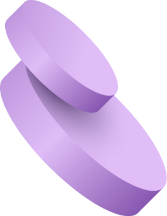GPR Survey
A GPR survey involves using a specialized antenna to focus electromagnetic pulses (radar signals) of short duration into the ground. These signals propagate and
Read MoreLCT offers the sophisticated service of GPR survey and also underground feature detection from the hyperbolas. GPR survey involves, focusing electromagnetic pulses (radar signals) of short duration into the ground using a specialized antenna. The signals propagate and are then reflected by discontinuities or interfaces in soil materials and return to be detected by a receiver antenna.
GPR Survey (Ground Penetrating Radar Survey) is a non-destructive geophysical method that uses radar pulses to image the subsurface. It is commonly used to investigate the subsurface structures and materials, including soils, rock, concrete, and ice.

The GPR equipment sends high-frequency electromagnetic waves into the ground and records the reflections that bounce back to the surface. By analyzing the reflected signals, GPR can provide a 2D or 3D image of the subsurface, showing the location and characteristics of buried objects, layers, and anomalies.
GPR Survey has a wide range of applications, such as utility detection, archaeological investigation, environmental assessment, geotechnical investigation, and pavement analysis. It is a versatile, fast, and cost-effective tool for subsurface imaging, and it can be used in a variety of field conditions, including urban areas, remote locations, and hazardous sites.
Here are some additional information about GPR Survey:
How it works: GPR emits electromagnetic waves into the ground and measures the time it takes for the waves to bounce back. The reflected signals are then processed to create a 2D or 3D image of the subsurface. The depth of the imaging depends on the frequency of the waves, with higher frequencies providing shallower imaging but better resolution.
Applications: GPR Survey has numerous applications in various fields. For example, it can be used to locate buried utilities, such as pipes and cables, for construction and excavation purposes. It can also be used in geotechnical investigations to assess soil and rock conditions, in environmental assessments to detect underground storage tanks and contaminated soils, and in archaeological investigations to locate buried structures and artifacts.
Advantages: GPR Survey has several advantages over other geophysical methods. It is non-invasive, meaning it does not require drilling or excavation to obtain subsurface information. It is also fast, allowing for large areas to be surveyed quickly. Additionally, it is relatively inexpensive compared to other subsurface imaging methods.
Limitations: Despite its many advantages, GPR Survey also has some limitations. The depth of penetration is limited by the soil and rock conditions, and the presence of water can also affect the quality of the imaging. Additionally, the interpretation of the data requires expertise and experience, as the reflected signals can be affected by a variety of factors, such as the type of material and the presence of buried objects.
Equipment: GPR equipment typically consists of a control unit, a transmitter, and a receiver. The control unit is used to set the frequency and power of the electromagnetic waves, while the transmitter emits the waves into the ground. The receiver records the reflected signals and sends them back to the control unit for processing and analysis.
We provide GPR services for,
Land Coordinated Technology Company in India, provides the best quality of services in Civil Engineering Surveying, GPR Survey, Land Surveying, and Civil Based Traffic Services etc.

A GPR survey involves using a specialized antenna to focus electromagnetic pulses (radar signals) of short duration into the ground. These signals propagate and
Read More
GIS deals with the information about the earth and its features. The spatial and non-spatial data of the Earth’s surface are managed precisely with the
Read More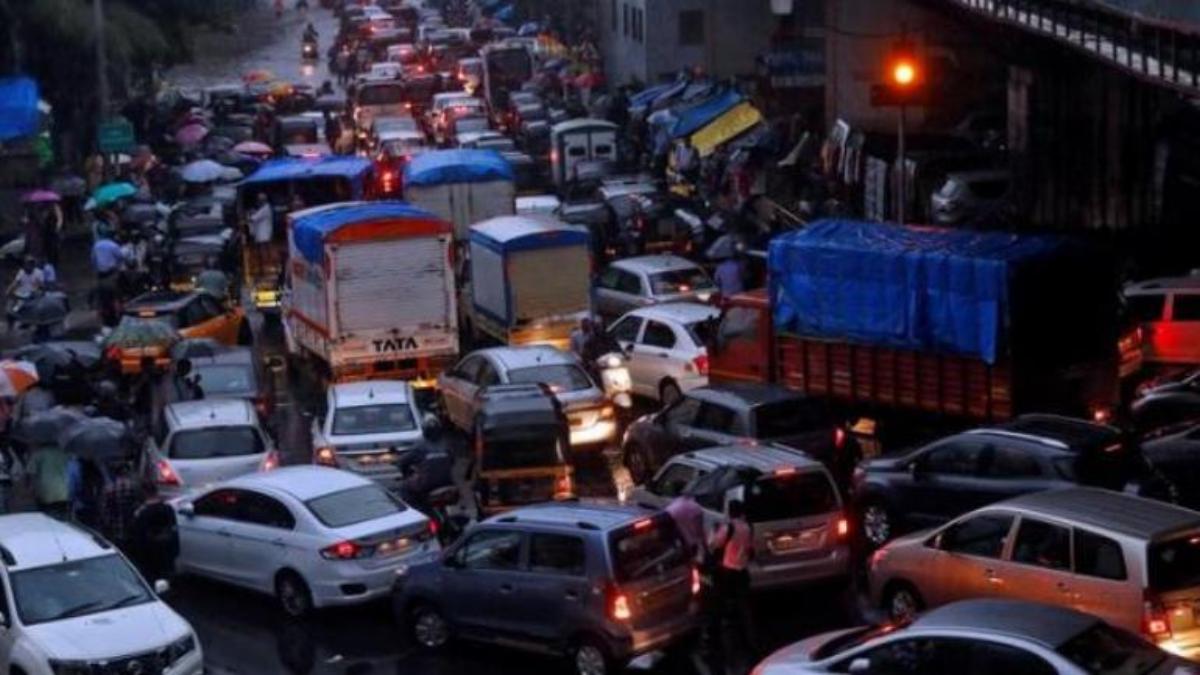
LCT has well qualified civil engineers who have esteemed experience in handling civil related works. We have associates qualified from Institution of Valuers.
Read More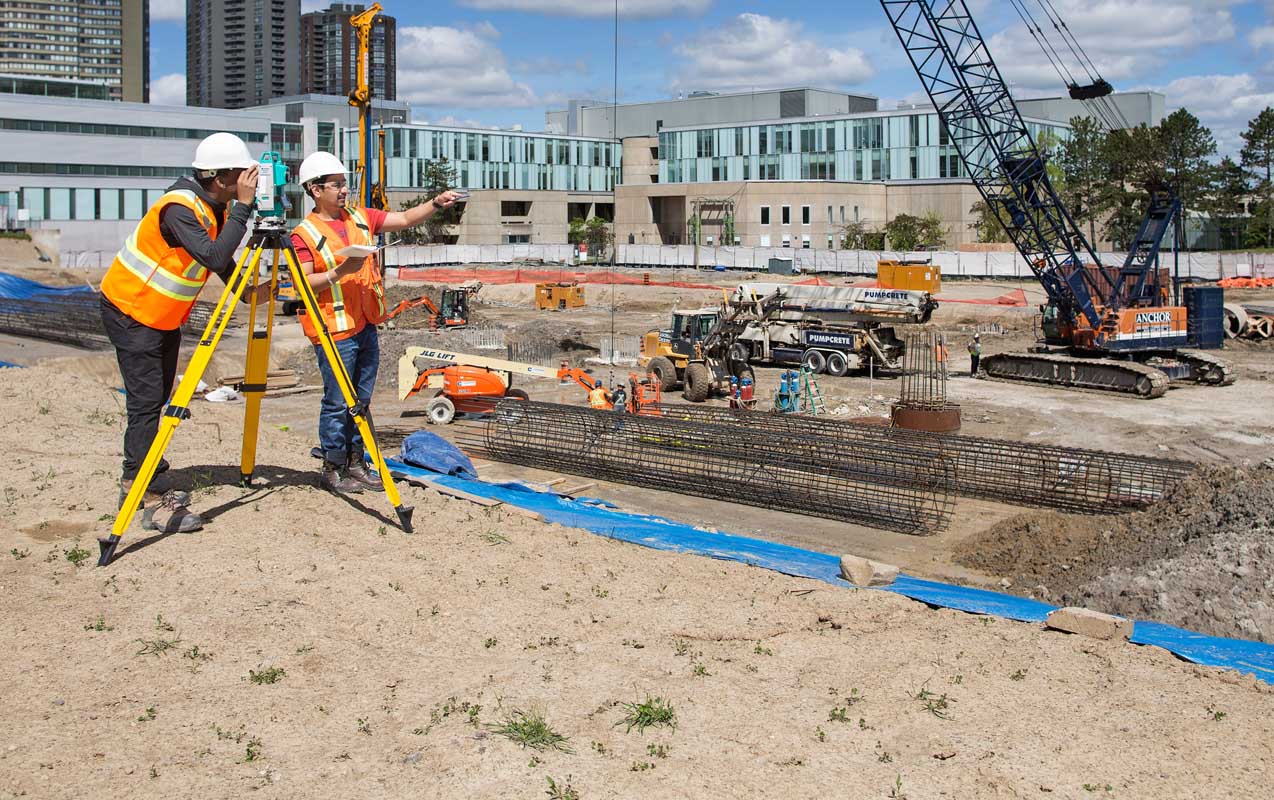
LCT has well qualified civil engineers who have esteemed experience in handling civil related works. We have associates qualified from Institution of Valuers.
Read More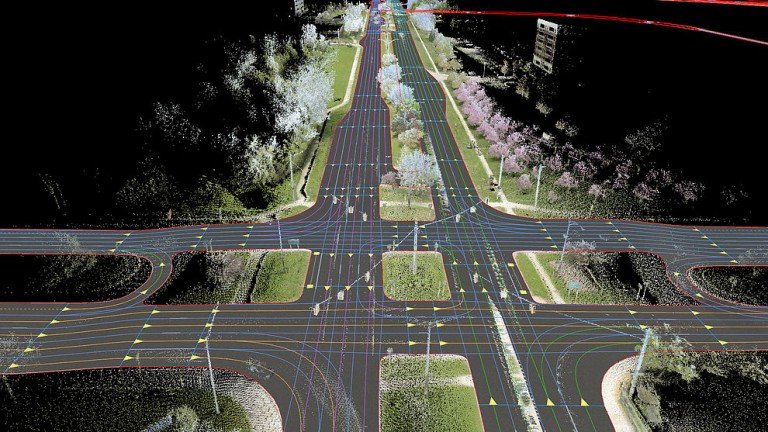
LCT has well qualified civil engineers who have esteemed experience in handling civil related works. We have associates qualified from Institution of Valuers.
Read More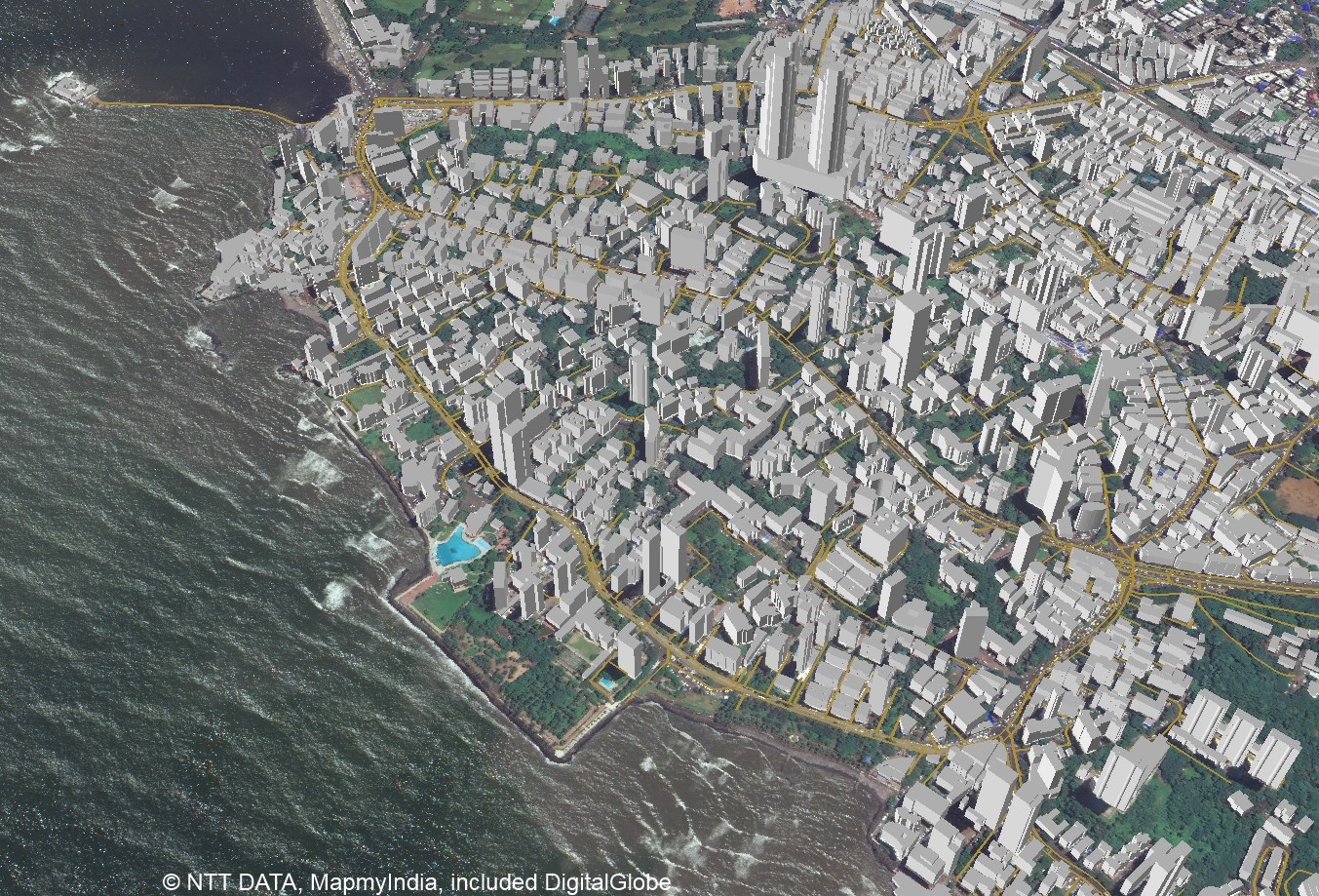
LCT has well qualified civil engineers who have esteemed experience in handling civil related works. We have associates qualified from Institution of Valuers.
Read More



LCT provides Training on the Civil and Geomatics platform with its expert trainers. We provide Government of India approved and recognised course.
Get a professional BSS Diploma in Civil Draughts man with our widely recognized certificate programme.
Students get theoretical and practical knowledge from our Industrial experts. Our students are made to develop the skills to face the real world projects confidently.
Drone surveying is a rapidly growing field that uses unmanned aerial vehicles (UAVs), or drones, to collect high-resolution data for a variety of applications such as mapping, construction, land surveying, and environmental monitoring.
View Course DetailsChoose wisely and move ahead in your career by taking the GIS Professional Certificate course from LCT. This is a best course which covers all the advanced technologies in the syllabus. The course will be taught by industrial experts, so the students get abundant knowledge on the technology and the real world projects.
View Course DetailsCAD (Computer-Aided Design) Draftsman training course is designed to train individuals in the use of computer software and technology to create technical drawings and 3D models used in the manufacturing, engineering, and architecture industries.
View Course Details

Land Coordinated Technology Company in India, provides the best quality of services in Civil Engineering Surveying, GPR Survey, Land Surveying, and Civil Based Traffic Services etc.



